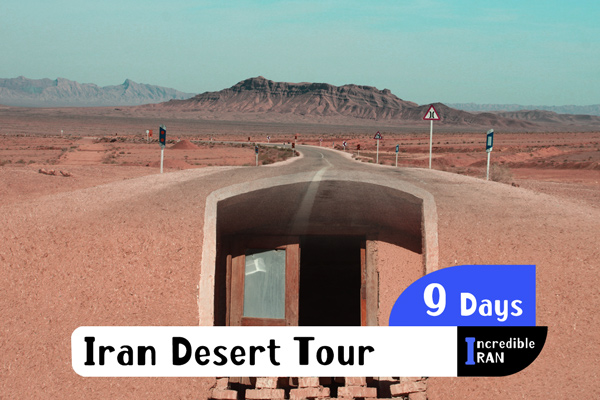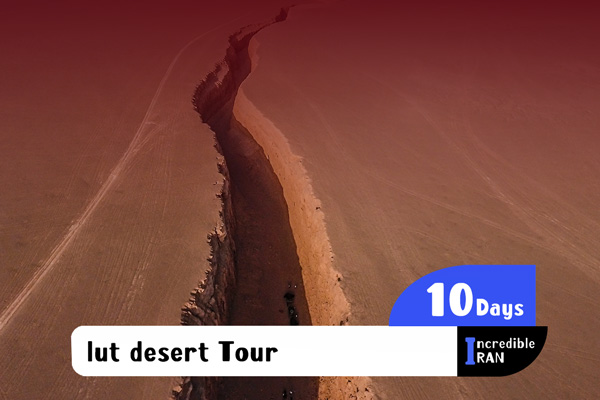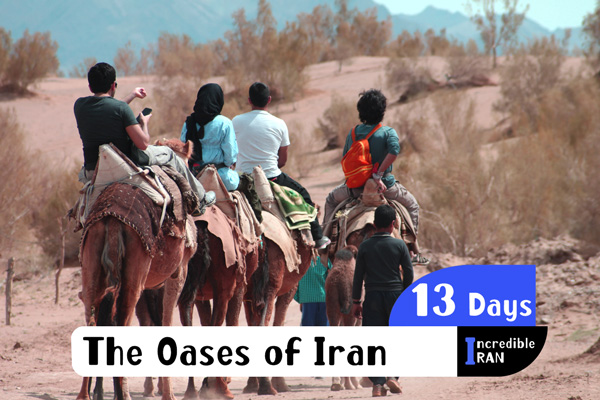Iran's Desert Adventures: From Dasht-e Kavir to Lut Desert
What you will read in this article:
What is the best time to visit Dasht-e Kavir and Lut Desert?
The best time to visit both deserts is during the cooler months, from October to April. Temperatures are more manageable, making it easier to explore and enjoy the unique landscapes.
What should I pack for a trip to the deserts?
Essential items include lightweight, breathable clothing, a wide-brimmed hat, sunglasses, sunscreen, sturdy walking shoes, a reusable water bottle, a first-aid kit, and a flashlight. Additionally, pack warm clothing for the evenings as temperatures can drop significantly.
Are there guided tours available for exploring the deserts?
Yes, there are several guided tours available for both Dasht-e Kavir and Lut Desert. These tours can range from day trips to multi-day excursions and often include transportation, meals, and knowledgeable guides who can provide insight into the region’s geology, history, and culture.
Is it safe to travel alone in the desert?
While solo travel is possible, it is generally recommended to join a guided tour or travel with a group for safety reasons. The deserts can be challenging environments, and having an experienced guide can help navigate the terrain and provide assistance in case of emergencies.
What are some must-see attractions in Dasht-e Kavir and Lut Desert?
In Dasht-e Kavir, highlights include the Maranjab Desert, the Salt Lake (Daryacheh-ye Namak), and the ancient city of Kashan nearby. In Lut Desert, notable sites are the Kaluts (wind-eroded ridges), Gandom Beryan (one of the hottest places on Earth), and the Shahdad Desert area.
How can I prepare for the extreme weather conditions in the deserts?
Stay hydrated by drinking plenty of water throughout the day. Wear appropriate clothing to protect yourself from the sun and heat. Avoid strenuous activities during the hottest part of the day, usually between 11 AM and 3 PM. Be aware of weather forecasts and potential sandstorms, and always inform someone about your travel plans and expected return.
Iran Deserts FAQ
Dasht-e Kavir (The Great Salt Desert)
The Dasht-e Kavir, also known as the Great Salt Desert, is a large desert in the middle of the Iranian plateau. Covering an area of approximately 77,600 square kilometers, it is the largest desert in Iran.
Lut Desert (Dasht-e Lut)
The Lut Desert, or Dasht-e Lut, is another major desert in Iran, renowned for its extreme climate and unique geological formations. It spans over 51,800 square kilometers and is a UNESCO World Heritage site.
Yardangs( Kaluts ):
In the Lut Desert, one of the most striking features is the presence of wind-sculpted ridges known as Yardangs, or Kaluts. These formations create a surreal, almost alien landscape, with massive sand structures that resemble natural skyscrapers. They stretch beyond the eye’s sight and are constantly reshaped by the wind, making them a dynamic and ever-changing part of the desert scenery.
Conclusion
Exploring the deserts of Iran, from the salt flats of Dasht-e Kavir to the scorching heat and unique formations of the Lut Desert, offers an unparalleled adventure. These deserts not only showcase the natural beauty and extreme conditions of Iran's landscapes but also provide a deep connection to the country's history and cultural heritage. Whether you are looking for thrilling desert treks, historical explorations, or simply a serene escape into nature, Iran's deserts have something extraordinary to offer.
Exploring Iran
Special Tours to Iran for English Speakers
in your
Native language




